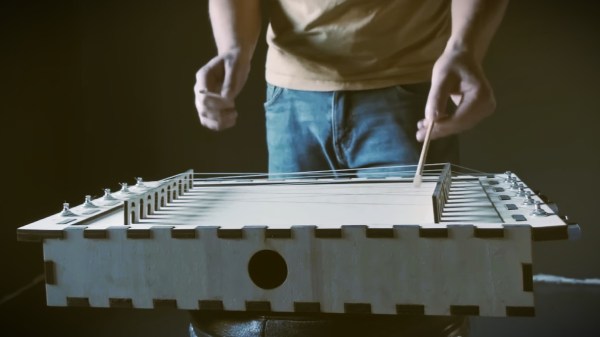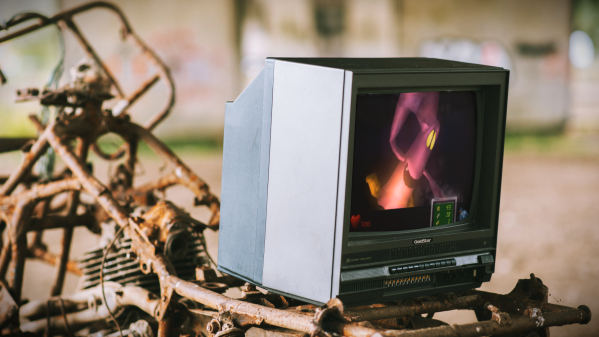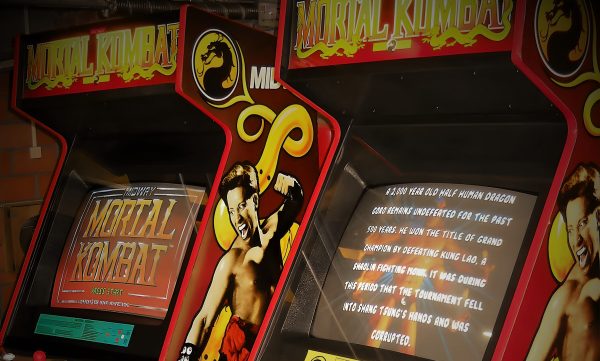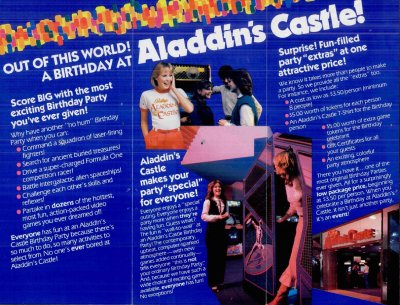September 13th 1993, colloquially known as Mortal Monday, became a dividing line in the battle for 16-bit supremacy. The mega popular arcade game Mortal Kombat was ported to Super Nintendo and Sega Genesis consoles, and every fanboy and fangirl had an opinion on which version truly brought the hits.
Nintendo’s version opted to remove the blood and gore in an attempt to preserve the company’s family-friendly image, while Sega’s offering merely locked the game’s more violent content behind a cheat code that so many fans learned by heart: ABACABB. Nintendo’s decision to censor Mortal Kombat on their console pushed public opinion in favor of the Sega Genesis version being superior, though it was clear that corners were cut in order to squeeze it onto a cartridge. Recently a group of developers led by [Paulo] sought to restore the Genesis version to its full potential with a ROM hack they’re calling Mortal Kombat Arcade Edition.
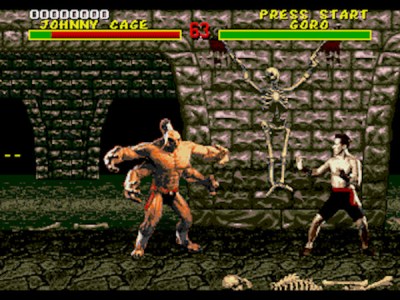 Mortal Kombat Arcade Edition is the sort of ROM hack where every facet of the game has been retouched. All sorts of sound effects and animations that were omitted in the 1993 translation to the Genesis have now been restored in higher quality. Every fighter’s look was remastered to more closely match the arcade presentation complete with move timing tweaks. Secret characters like Reptile, Noob Saibot, and Ermac are all playable, plus all the character bios from the arcade game’s attract mode make an appearance. An SRAM save feature was implemented in order to save high scores, and for an additional dose of authenticity there’s even a “DIP switch” configuration screen where you can set it to free play.
Mortal Kombat Arcade Edition is the sort of ROM hack where every facet of the game has been retouched. All sorts of sound effects and animations that were omitted in the 1993 translation to the Genesis have now been restored in higher quality. Every fighter’s look was remastered to more closely match the arcade presentation complete with move timing tweaks. Secret characters like Reptile, Noob Saibot, and Ermac are all playable, plus all the character bios from the arcade game’s attract mode make an appearance. An SRAM save feature was implemented in order to save high scores, and for an additional dose of authenticity there’s even a “DIP switch” configuration screen where you can set it to free play.
This ROM hack comes as an IPS patch that can be applied to a legitimate dump of the user’s Sega Genesis or Mega Drive cartridge. The site hosting the Mortal Kombat Arcade Edition patch features an online IPS patching tool called Rom Patcher JS that makes the patching process more convenient for those attached to their browser. The patched ROM can then be enjoyed in the user’s favorite emulator of choice, though running it on original hardware via a ROM cart is also possible (even encouraged). Considering the limitations of the Sega Genesis’ color palette the revamped look of Mortal Kombat Arcade Edition is all the more impressive. It just goes to show you that Genesis still does!
Not ready to FINISH HIM? Check out this countertop arcade build featuring some Mortal Kombat II art, or marvel at the incredible effort that went into creating the Knights of the Round ROM hack known as Warlock’s Tower.
Continue reading “Mortal Kombat ROM Hack Kontinues Arcade Legacy” →


